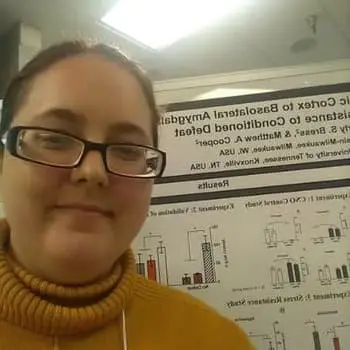Neurofeedback is a tool used to retrain your brain waves in a way that can help treat a wide variety of disorders. Find out more about neurofeedback here.
Neurofeedback is a relatively new therapeutic tool that can be used to help treat a wide variety of disorders. Regarding its versatility, it makes sense to learn more about neurofeedback and how it works.
What Is Neurofeedback?
You’re probably wondering, what is neurofeedback? Well, neurofeedback is a way of training your brain in order to change behavior. Neurofeedback is essentially an attempt to self‐regulate brain activity. There are several neurofeedback therapy methods gaining popularity today, including EEG Biofeedback and Low Energy Neurofeedback System (LENS).
- EEG Biofeedback
EEG (electroencephalogram) biofeedback therapy is a therapeutic intervention which provides immediate feedback from a computer program that assesses an individual’s brainwave activity through electrodes placed on the scalp and earlobes – the computer program then uses sound or other signals to retrain (or reorganize) your brain signals. EEG biofeedback is the most common and basic type of neurofeedback therapy. - Low Energy Neurofeedback System (LENS)
LENS is a type of EEG biofeedback system. What makes LENS neurofeedback unique is that it does not require the person to understand the meaning of (or even attend to) the feedback to influence their brainwave activity and benefit from the treatment. In other words, you don’t have to pay attention to or understand what’s going on at all. This indicates that the brain appears to operate based on the biophysical properties of the feedback signals themselves during LENS neurofeedback therapy.
What Can Be Treated with Neurofeedback?
Neurofeedback can be used to help treat a wide variety of disorders that are related to the nervous system, including:
Treatment Can Be Life Changing. Reach out today.

- Disorders Neurofeedback Treats
Attention Deficit Disorder/Attention Deficit Hyperactivity Disorder (ADD/ADHD) Learning disabilities Epilepsy, brain damage, and stroke Fibromyalgia Post-Traumatic Stress Disorder (PTSD) Depression Alcoholism and drug abuse
Neurofeedback and Addiction
In the laboratory or research setting, neurofeedback techniques have been used successfully to treat addiction to several drugs of abuse, including:
- Drug Addictions Neurofeedback Treats
Opiates Cocaine Methamphetamine Alcohol
While more research is necessary to determine the exact mechanism relationship between neurofeedback and addiction, these studies are promising in that they decrease drug use and reactivity to drug cues through the reorganization of brain wave patterns.
How Does Neurofeedback Work?
Neurofeedback or neurotherapy works by using a psychological principle called “operant conditioning.” During operant conditioning, an individual modifies their behavior based on learned consequences. For example, if a dog receives a treat each time he sits on command, then he will eventually learn that sitting leads to treats, and the likelihood increases that he will sit on command in the future.
During neurofeedback procedures, electrodes are typically placed on the scalp and earlobes, and brain wave signals are fed into a computer. The computer program then uses sound or other signals to retrain, reorganize and shape your brain signals into healthier patterns. While changes happen slowly at first, healthier brain wave patterns are more enduring over time.
But what constitutes a healthier pattern? Well, that depends on the disorder you are trying to treat. Neurofeedback training should be customized for each individual depending on their certain needs because different disorders are characterized by specific patterns of brain activity. Everyone does not need the same training and a healthy pattern will differ among individuals.
Effectiveness of Neurofeedback Therapy
How effective is neurofeedback therapy? Research suggests that in the laboratory at least, neurotherapy works quite well compared to control or placebo procedures. However, more research is necessary, particularly in the realm of neurotherapy treating addiction and substance use disorders.
The neurofeedback therapy side effects have been reported to be very mild. For example, occasionally during training someone may feel tired, spacey or anxious, experience a headache, have difficulty falling asleep, or feel agitated or irritable. Many of these side effects pass within a short time after a training session. If you make your therapist aware of such feelings, they can alter training protocols and usually quickly eliminate these mild side effects.
In short, neurofeedback is a non-invasive, non-pharmacological way to treat a number of disorders, notably addiction. If you think that neurotherapy could be something for you, reach out to your therapist or doctor to see what is available in your area. You can also contact us at The Recovery Village Palm Beach at Baptist Health to discuss if neurofeedback therapy is right for you.











